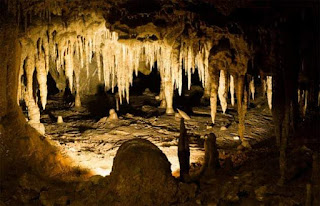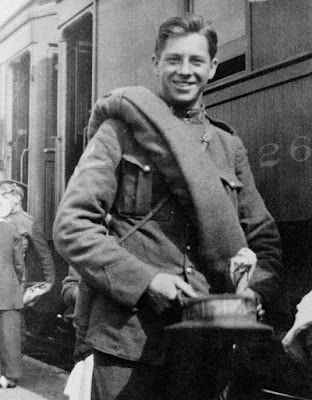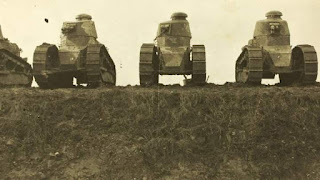The massacre of the Isenschnibbe Farm: the fanaticism of the People and the scapegoat of the SS

The massacre of the Isenschnibbe Farm: the fanaticism of the People and the scapegoat of the SS Where there is a crime, sooner or later, there is always also a scapegoat. The ideal scapegoat is never innocent, because this mystification would not mislead anyone. The ideal scapegoat is ugly, dirty and bad. It is the personification of evil according to the mentality of his time. Once upon a time, the ideal scapegoats were the "monsters", deformed people with a repulsive appearance. The well-known pathologist Pierluigi Baima Bollone, in "The last days of Jesus" explains that much of what we know about the effects of the crucifixion we learned from the examination of the remains of a young Jew, found in 1968 inside one ossuaries found in a 1st century tomb in Giv'at ha-Mivtar, near Jerusalem. An Aramaic inscription tells us that they belonged to a certain Yhvhnn, i.e. John. John died crucified in the same period narrated by the synoptic Gospels. While alive, Giova...





